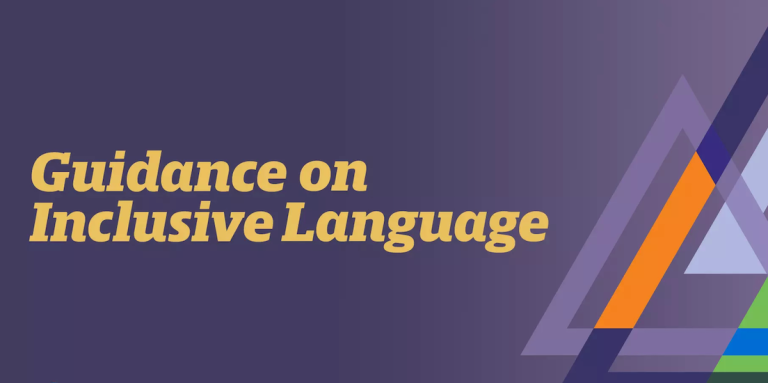
Editorial Guidelines for The Stewardship Report on Connecting the World
In our increasingly diverse society, adopting inclusive language
fosters respect, bridges cultural divides, and ensures
equitable representation in professional communications.
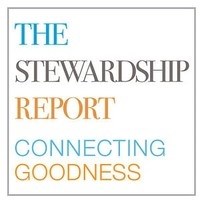
New York, N.Y. – In the realm of professional communication, particularly within stewardship and philanthropic reporting, the choice of words carries profound implications. Language shapes perceptions, reinforces societal norms, and can either perpetuate inequities or promote a more just world.
As global interconnectedness grows, the need for mindful terminology becomes paramount.

This is especially true in contexts where discussions involve sensitive topics such as privilege, body shaming, and LGBTQ+ identities.
By adhering to established guidelines, communicators can avoid unintentional harm and amplify marginalized voices.
The evolution of language reflects broader societal shifts toward equity. For instance, terms once considered neutral are now recognized as carrying biased connotations.
Drawing from authoritative sources like the American Psychological Association’s Inclusive Language Guide, which emphasizes centering the perspectives of those affected, we can refine our lexicon to be more precise and humane.
Similarly, the Linguistic Society of America’s guidelines urge proactive inclusivity to lead by example in scholarly and public discourse.
In Stewardship reporting, where narratives often intersect with global development, cultural sensitivity, and social justice, adopting such practices is not merely optional but essential. This article explores key areas of focus, providing practical recommendations grounded in contemporary standards.
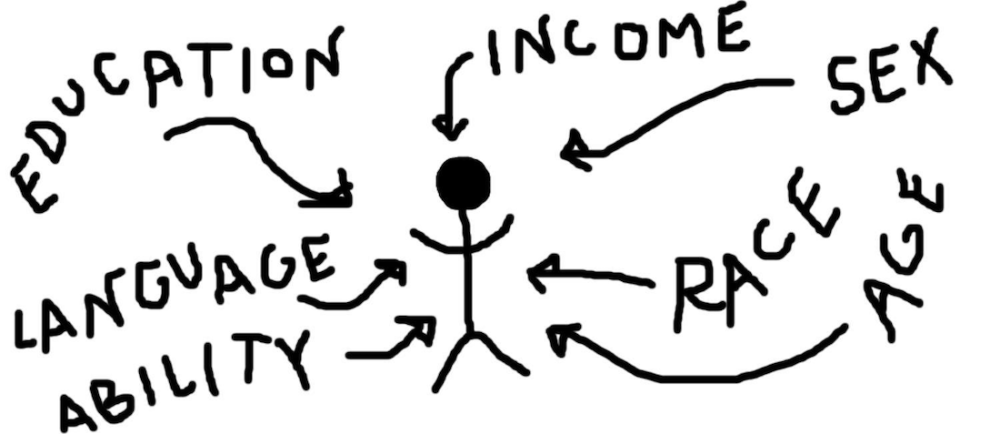
Recognizing and Addressing Privilege in Communication
Privilege refers to unearned advantages afforded to certain groups based on characteristics like race, gender, or socioeconomic status. In professional writing, it is crucial to use this term judiciously, primarily for self-reflection rather than as a tool to dismiss others’ experiences. For example, acknowledging one’s own privilege—such as in statements like “As someone with educational privilege, I recognize the barriers others face”—encourages empathy without weaponizing the concept.
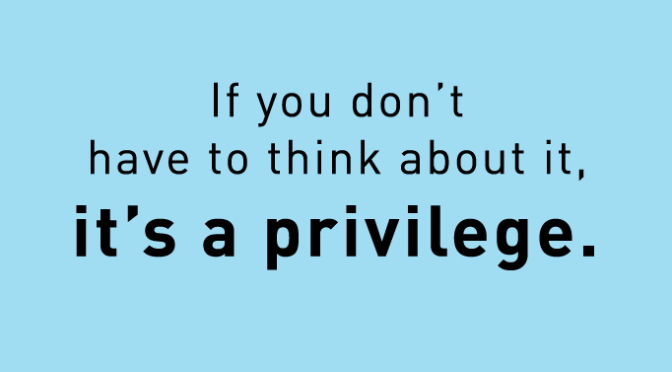
Misusing privilege can alienate audiences and undermine credibility. Guidelines from the International Federation of Journalists‘ recent best practice checklist for inclusive journalism, published in early 2025, stress that language around privilege should promote dialogue rather than division.
In Stewardship contexts, this means framing reports on global initiatives with awareness of power dynamics.
For instance, when discussing aid to economically disadvantaged regions, avoid implying benevolence from a position of superiority; instead, highlight collaborative efforts.
Furthermore, integrating self-awareness into reporting helps dismantle systemic biases. The PBS Standards on Inclusive Language advise against assumptions that reinforce privilege, such as overlooking diverse contributors in narratives. By using privilege introspectively, writers foster a culture of accountability, essential for ethical stewardship.
Combating Body Shaming Through Thoughtful Terminology
Body shaming involves language that criticizes or stigmatizes individuals based on their physical appearance, often perpetuating harmful stereotypes. In media and reporting, this can manifest in subtle ways, such as describing someone as “overweight” rather than focusing on relevant attributes.

Inclusive guidelines recommend terms like plus-size instead of derogatory labels like “fat” or “overweight,” which carry judgmental undertones.
The University of Illinois Chicago’s Inclusive Language Guide warns against using body-related metaphors casually, as they can inadvertently shame.
For example, phrases like “turn a blind eye” not only misuse disability metaphors but also intersect with body shaming by implying physical flaws as moral failings.
In Stewardship Report pieces on health initiatives, opt for neutral descriptions: “individuals with higher body mass indices” if relevant, but question whether body size needs mention at all.
Promoting body positivity aligns with broader equity goals. Walla Walla Community College’s writing guide emphasizes relevance—only include physical descriptions if pertinent to the story. This approach reduces stigma and supports mental health advocacy, crucial in global philanthropy where body image issues affect diverse populations.
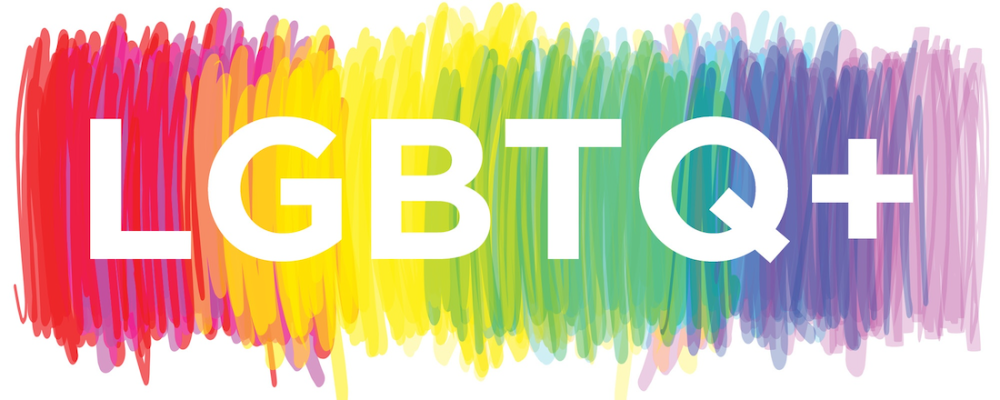
Embracing Inclusive Language for LGBTQ+ Communities
Language surrounding LGBTQ+ identities has evolved significantly, reflecting greater visibility and rights advocacy. Terms like gay or queer are preferred over outdated or clinical labels such as “homosexual,” which can pathologize identities. Similarly, transgender is the appropriate term, not “transsexual,” as the latter implies a medical condition rather than an identity.
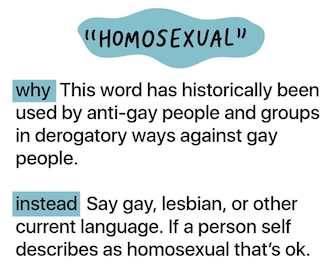
The GLAAD Media Reference Guide, in its 11th edition, provides detailed recommendations for fair representation, urging journalists to use self-identified terms and avoid sensationalism.
In Stewardship reporting, this means accurately portraying LGBTQ+ leaders in philanthropy without reducing them to their identities. For example, refer to a “gay activist” only if relevant; otherwise, focus on their contributions.
Additionally, inclusive practices extend to pronouns and partnerships. Use “husband or partner” to avoid assuming ‘heteronormativity.’ The American College Health Association‘s guidelines highlight the importance of such nuances in creating welcoming environments. By adopting these, communicators honor diversity and strengthen community trust.
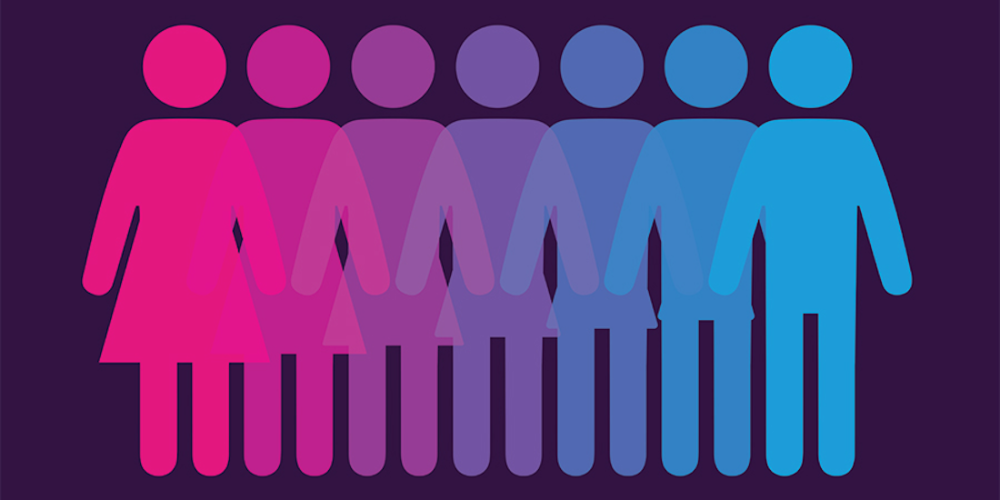
Preferred Terminology in Professional and Cultural Contexts
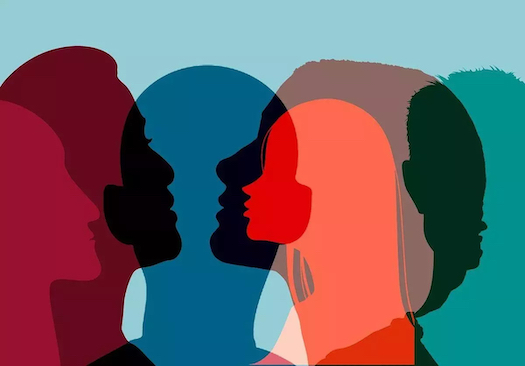
Shifting to inclusive alternatives for common terms enhances precision and respect.
For professions, use gender-neutral options: chair instead of “chairman,” flight attendant not “stewardess,” actor over “actress,” firefighter rather than “fireman,” mail carrier instead of “postman,” server not “waitress,” police officer over “policeman,” administrative assistant instead of “secretary,” custodian not “janitor,” and sanitation worker rather than “garbage man.”
In cultural references, prefer ethnic cuisine to “foreign food,” culturally authentic over “ethnic,” and jungle or rainforest for accurate environmental descriptions.
For social groups, person of color is favored over “minority,” Asian American not “oriental,” Native American, Indigenous, or First Nation instead of “Indian,” low-income or economically disadvantaged over “poor,” affluent or wealthy not “rich,” working class instead of “common people,” Global South over “Third World,” older adult rather than “elderly” or “senior citizen,” and neurodivergent instead of “abnormal.”
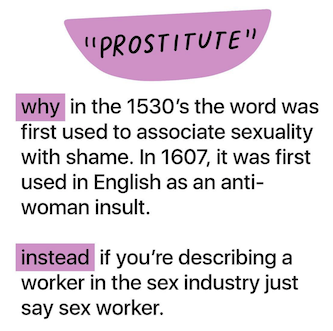
Use person with a disability or person living with a disability over “disabled person” or “handicapped,” little person not “dwarf” or “midget,” died by suicide instead of “committed suicide,” business person over “business men,” person with developmental delay not “slow,” first generation student instead of “student whose parents never went to college,” person living with HIV over “AIDS victim,” stay-at-home parent not “housewife” or “house husband,” and advantaged instead of “rich.”
For other contexts, sex worker is the respectful term, not “prostitute”; affirmative action over “preferential treatment”; outcast not “black sheep”; happy holidays instead of “merry Christmas” to include all traditions; average person over “man in the street”; chief assistant not “right-hand man”; cosmetic surgery instead of “plastic surgery”; non-citizen over “foreigner”; humanity not “mankind”; climate change or global warming for environmental discussions.
These shifts, as outlined in the University of Wisconsin’s Equitable Language Guide, prevent ‘othering’ and promote unity. In reporting, they ensure narratives are accessible and affirming.
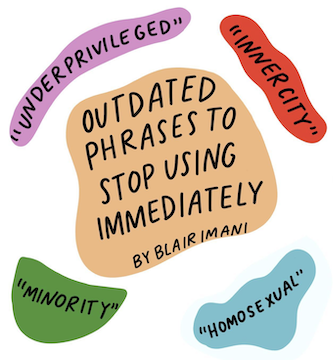
Implementing Inclusive Language in Stewardship Reporting
To integrate these principles, start with self-education. Resources like the Acrolinx Ultimate Writing Guide to Inclusive Language offer practical tools for content strategy.
Avoid gendered assumptions by using singular “they” or rephrasing sentences. For measurements, though rare in language discussions, follow standards: 5 feet (1.5 meters) tall. Percentages appear as 26%, currencies as US$100 (¥14,000).
In audio and visual media, inclusivity extends to captions and diverse representation, per Washington University’s guidelines. Ultimately, these practices elevate stewardship by modeling respect. As debates on equity intensify, committing to inclusive language is a stewardship imperative, ensuring communications build rather than barrier.
Stewardship Report Guidance on Inclusive Language to Foster Diversity and Equity (Aug. 23. 2025)
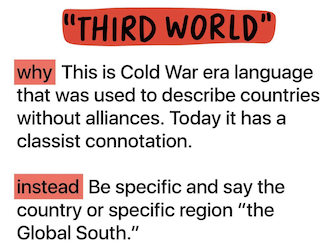
Summary
In an era of heightened awareness, adopting inclusive language is vital for equitable communication. This guide covers key areas like acknowledging privilege introspectively, avoiding body shaming terms, and using respectful LGBTQ+ terminology.
It provides preferred alternatives for professions, identities, and cultural references, drawing from expert sources to promote respect and unity in professional settings. By implementing these practices, communicators can foster diversity and bridge societal divides effectively.
#InclusiveLanguage #DiversityEquityInclusion
#LanguageMatters #LGBTQRights #SocialJustice
TAGS: inclusive language, privilege, body shaming, LGBTQ+,
gender neutral terms, cultural sensitivity, stewardship reporting
